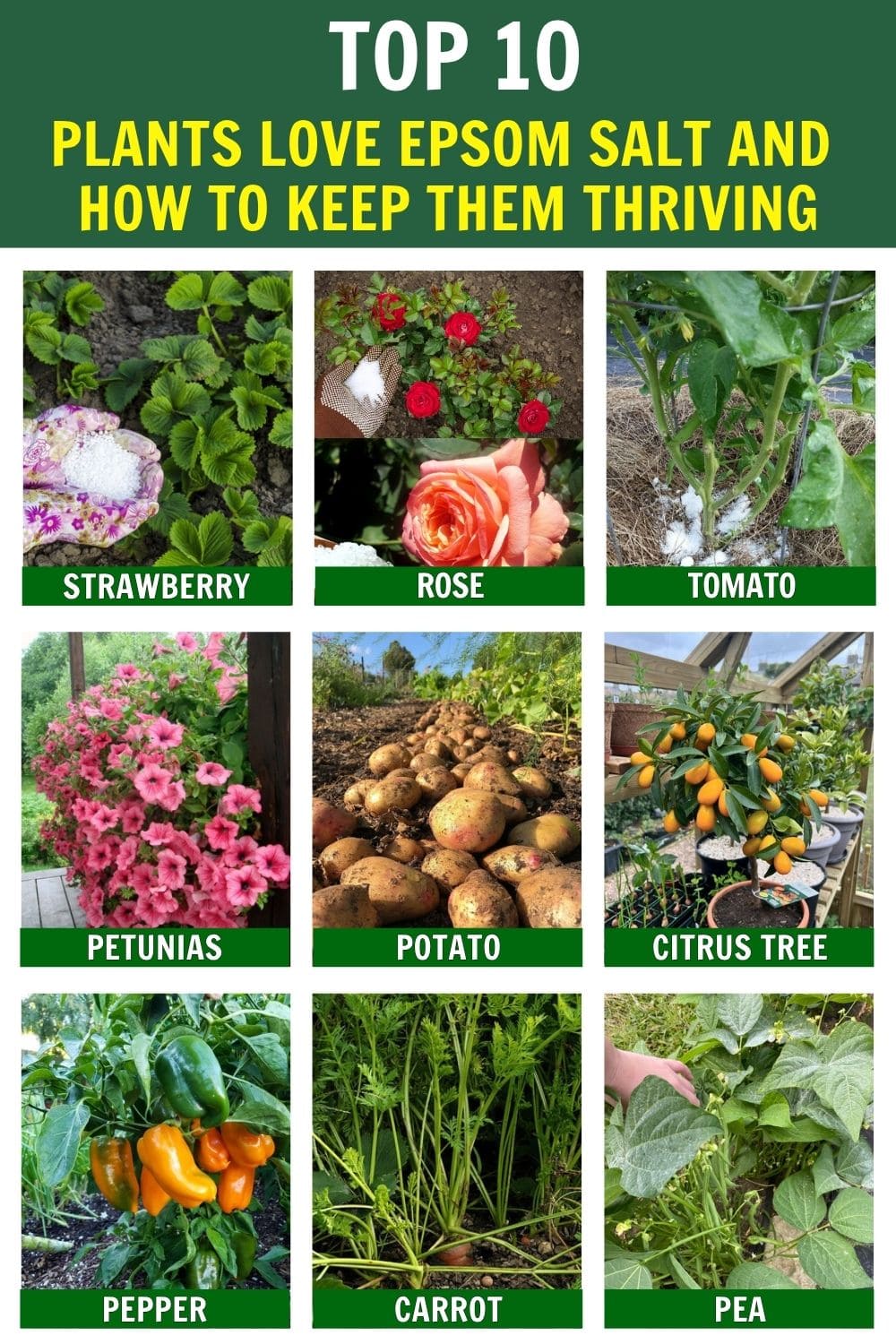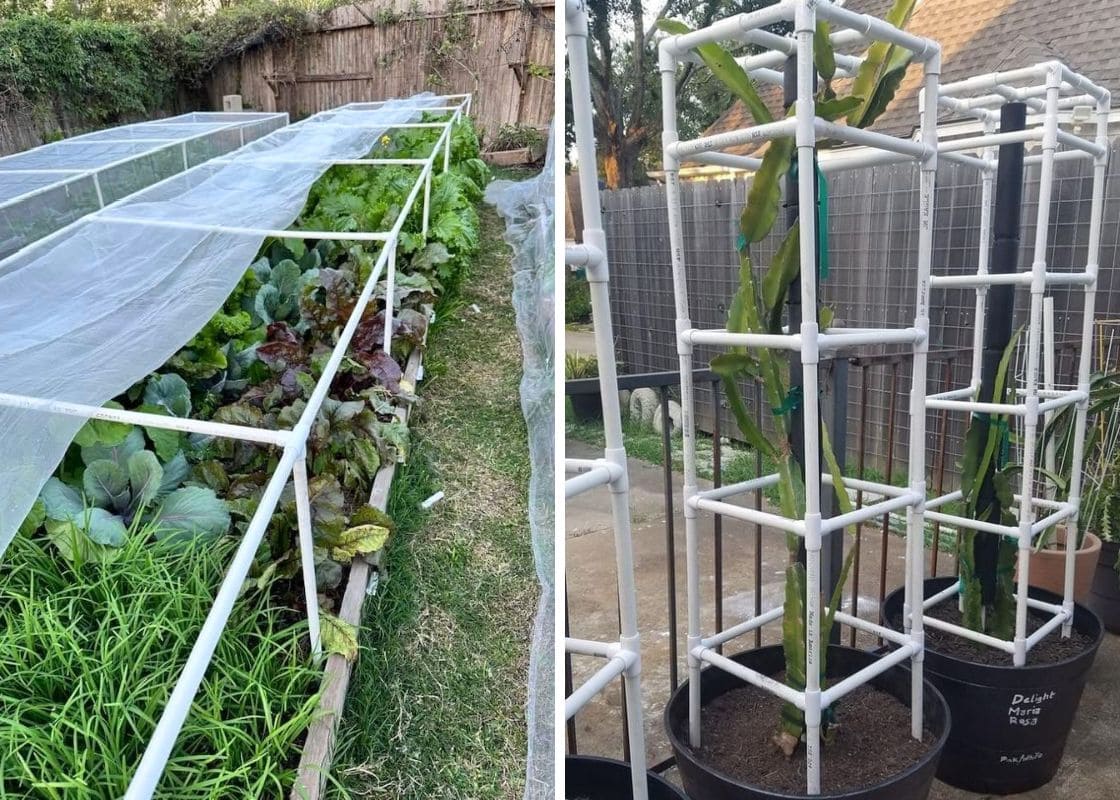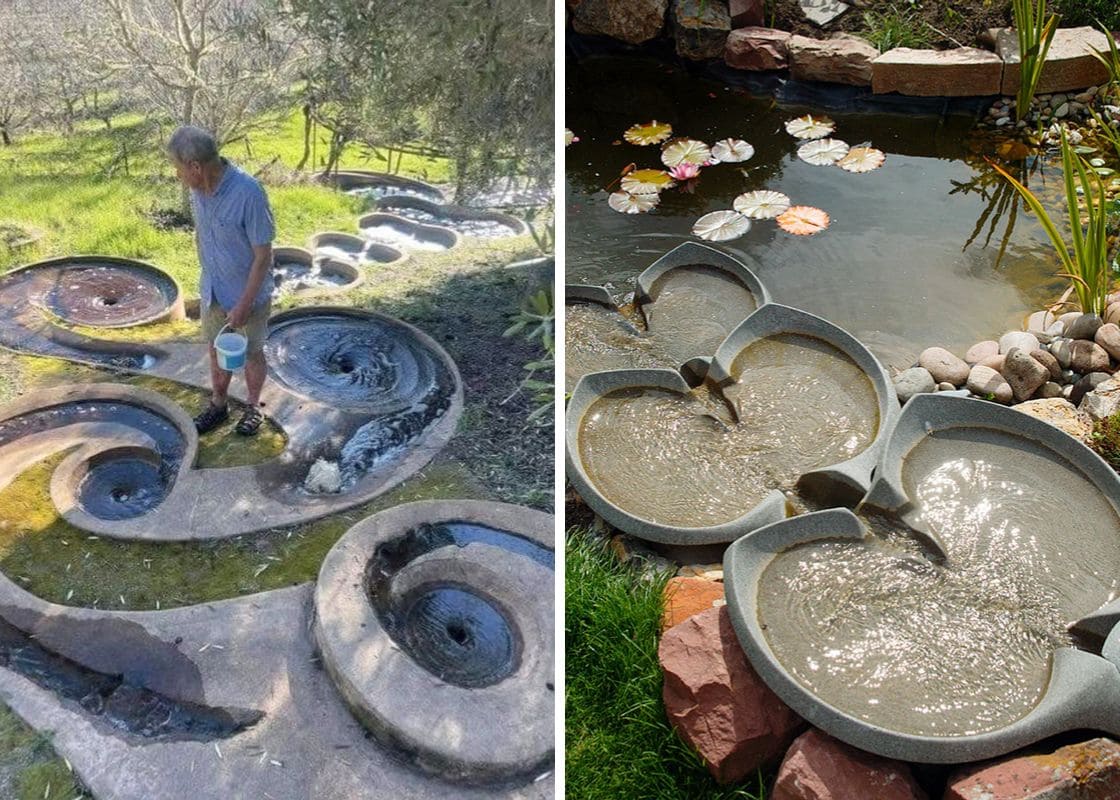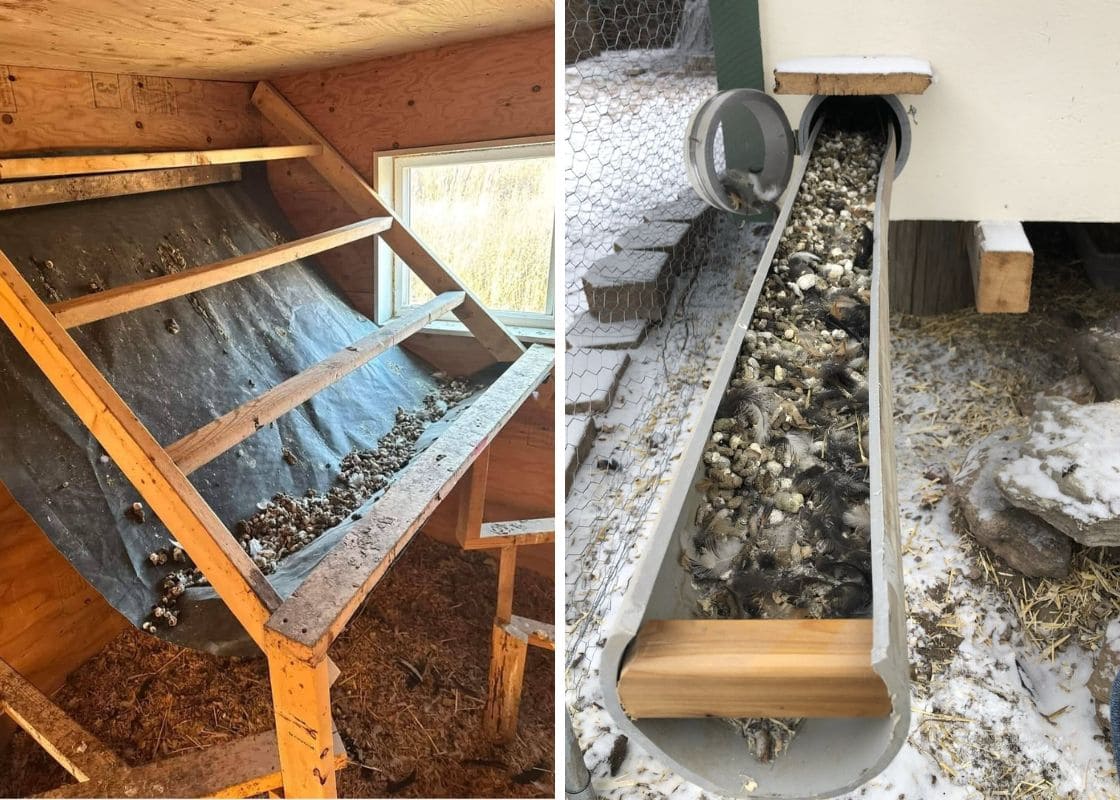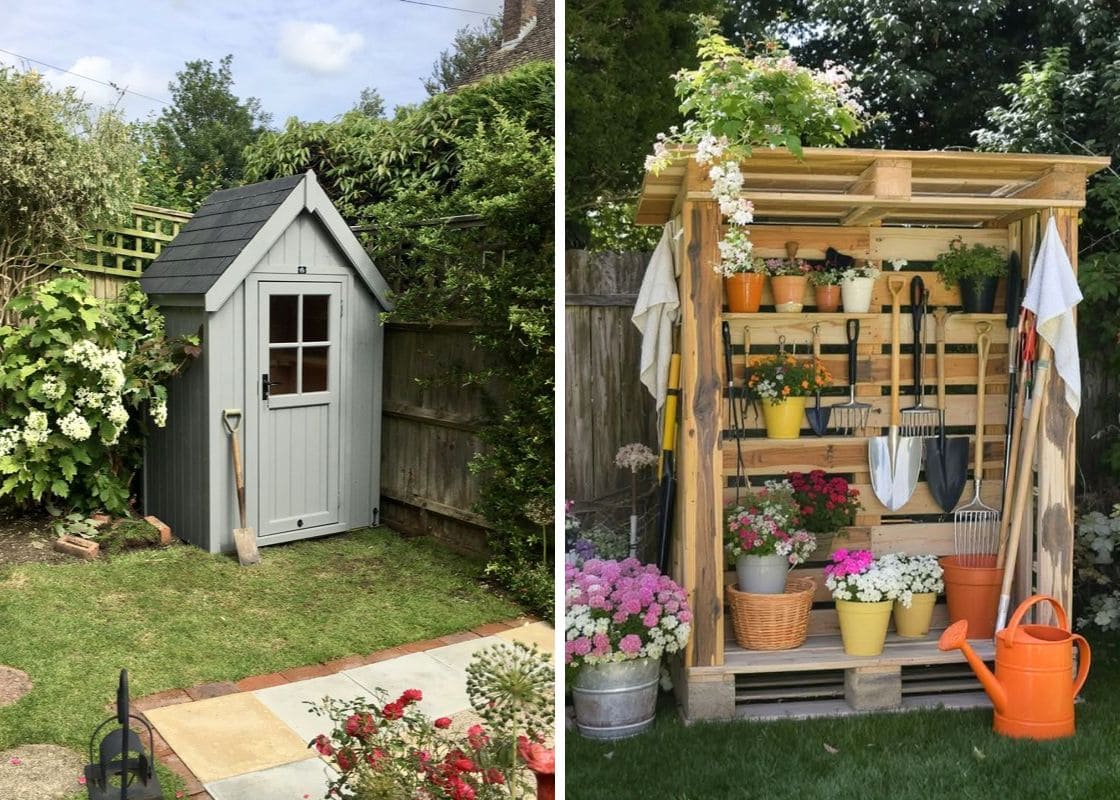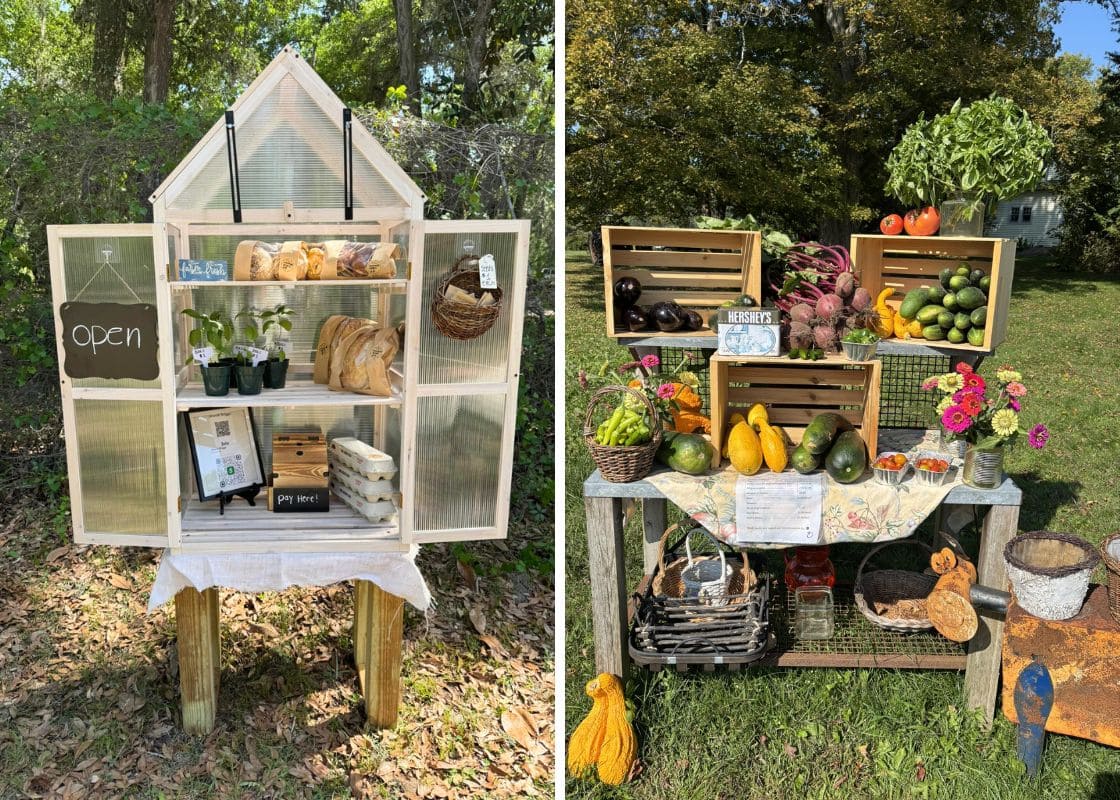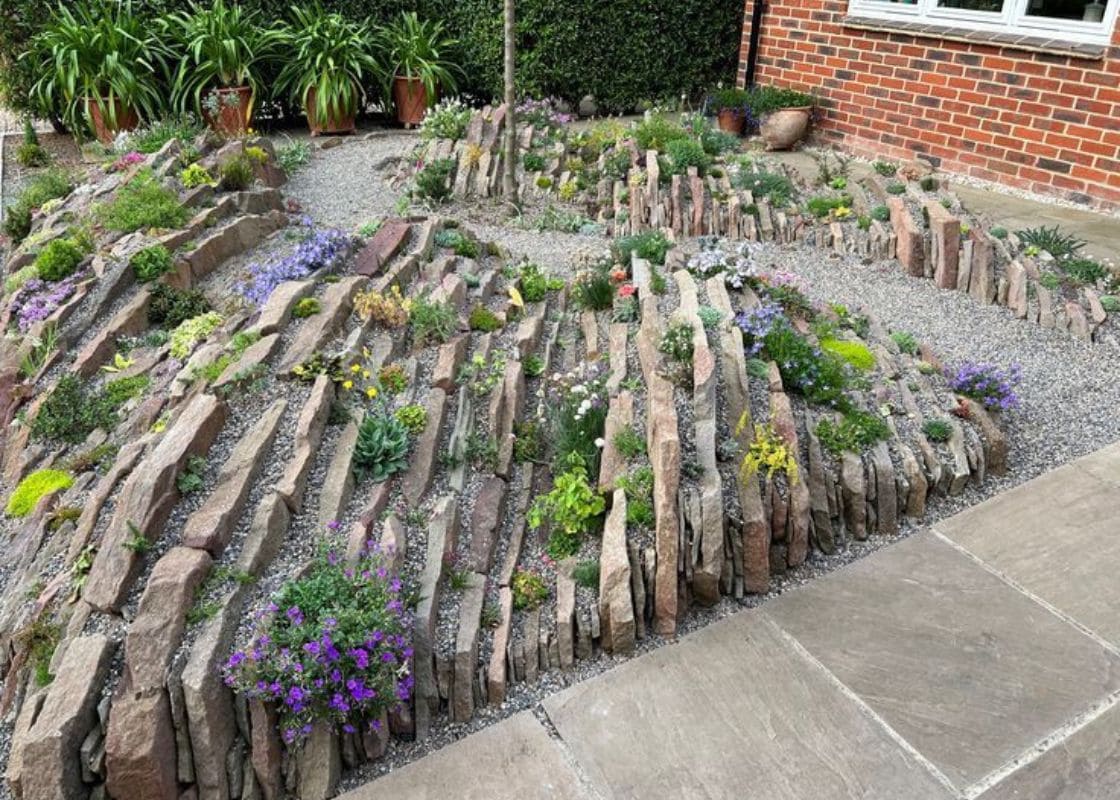Magnesium deficiency is one of the most overlooked reasons for slow, stubborn plants. But if you’ve got a bag of Epsom salt tucked in your garden shed, you’re already halfway to the solution.
Epsom salt or magnesium sulfate isn’t just for aching muscles. It’s a gentle remedy for yellow leaves, dull fruit, and tired soil. And for certain plants, it’s the secret ingredient behind greener growth and tastier harvests.
Let’s walk through the top plants that love a little Epsom in their lives and exactly how you can help them grow stronger, leafier, and more productive.
1. Tomatoes
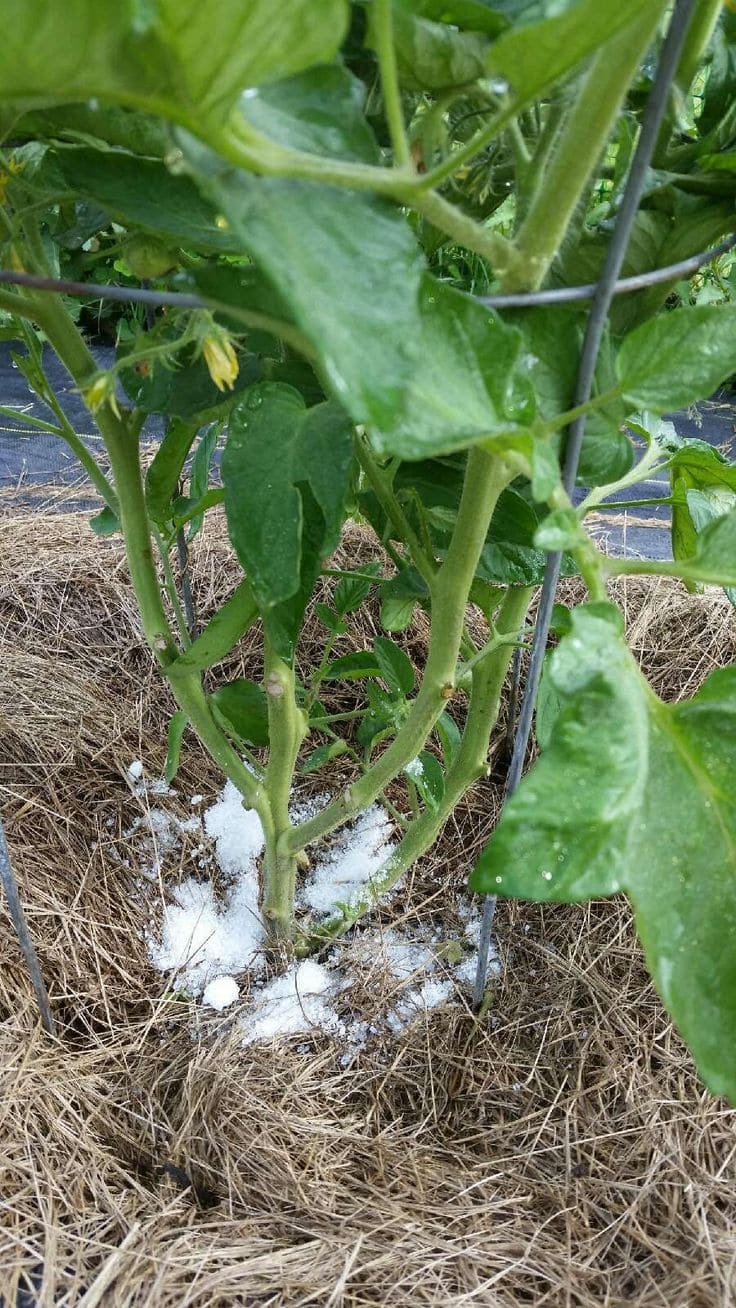
Tomatoes are notoriously greedy when it comes to nutrients. What most new gardeners don’t realize is that magnesium plays a huge role in chlorophyll production, which keeps leaves green and fruit sweet.
A lack of magnesium often shows up as yellowing leaves with green veins, especially on older growth. If your tomato plants seem leggy or their fruit stays bland and underdeveloped, it’s time to intervene.
You want to mix 1 tablespoon of Epsom salt with a gallon of water and spray directly on the leaves every two to three weeks once flowering begins. You can also blend it into the soil at planting time.
This not only strengthens the stems and boosts fruit production but also helps the plant better absorb calcium, reducing the risk of blossom end rot.
2. Peppers
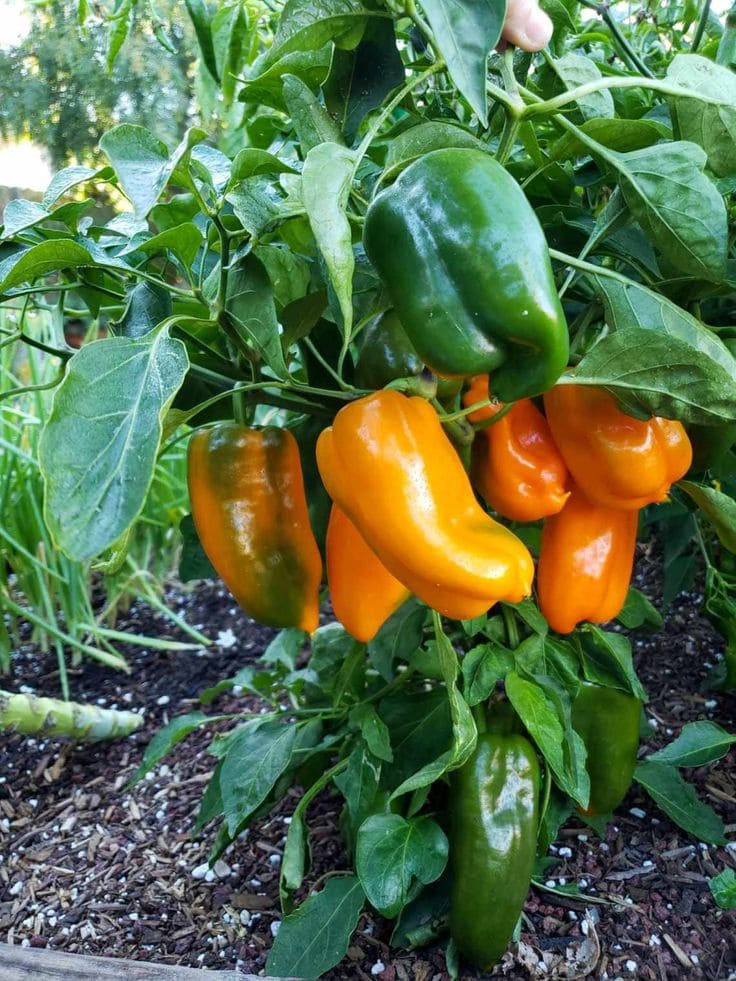
Peppers share a lot of personality with tomatoes, they love sun, hate cold, and crave magnesium.
A pepper plant lacking this key mineral will often show curled leaves and slow growth. You might even notice fewer blossoms or oddly shaped fruit. Adding Epsom salt can turn things around quickly.
I like to mix a tablespoon into the soil once a month and top it off with a foliar spray if the leaves start to pale. The results is brighter foliage, stronger stems, and far better yields.
Just don’t double up as too much magnesium can interfere with other nutrients like calcium and potassium. You should think of Epsom salt as a supplement, not a shortcut.
3. Roses
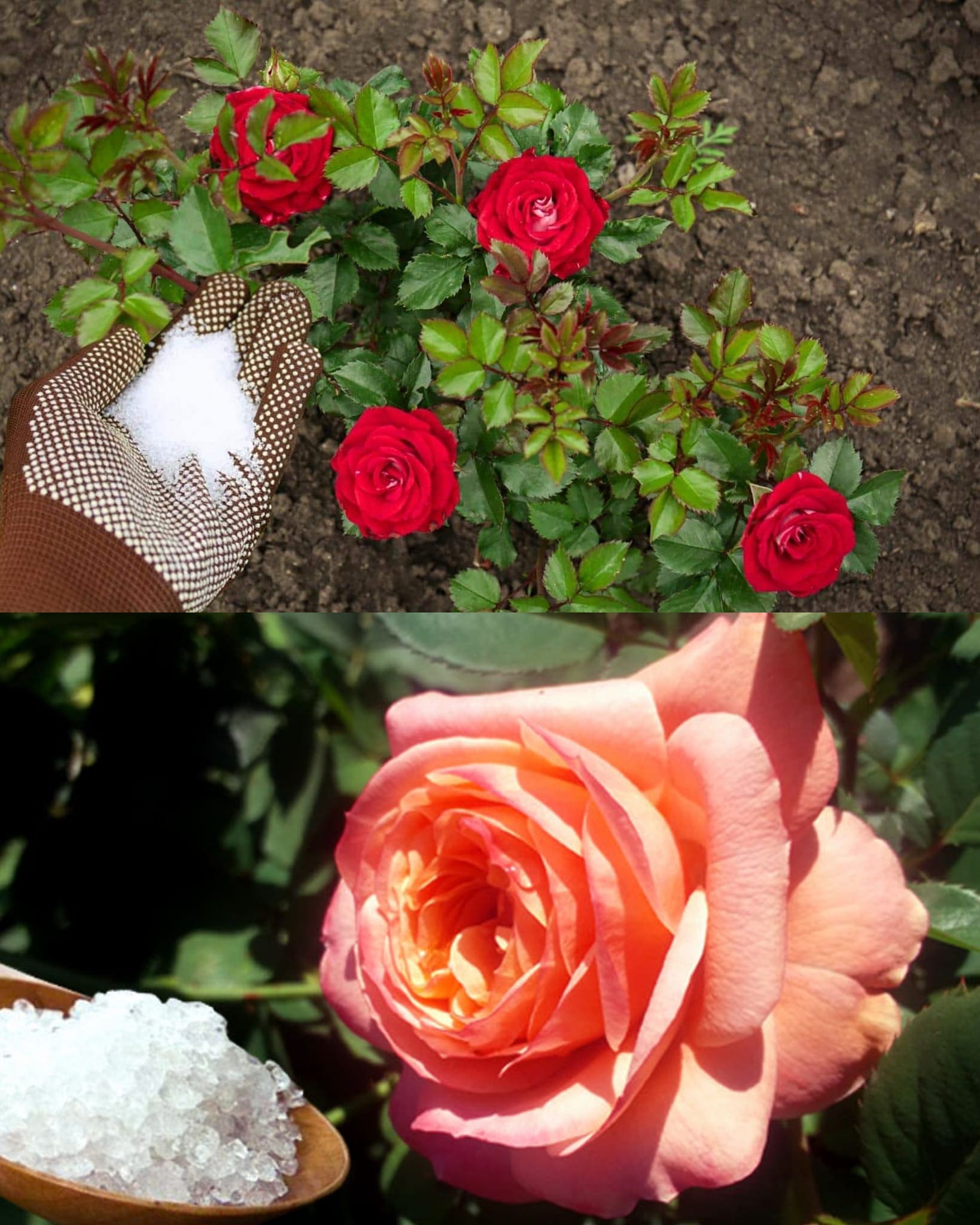
If you’ve ever wondered how rose growers get those lush, velvety petals and deep green leaves, there’s a good chance magnesium plays a role. Roses tend to deplete the soil fast, especially during peak bloom season.
Epsom salt helps the plant push out more foliage and larger, longer-lasting flowers by enhancing nutrient uptake and encouraging new cane growth.
I like to add a tablespoon of Epsom salt per bush once a month during spring and summer. You can sprinkle it dry around the root zone or dissolve it in water for quicker absorption.
Also, combine this with well-rotted compost or a banana peel tea and you’ll have blooms that stop passersby in their tracks.
4. Potatoes
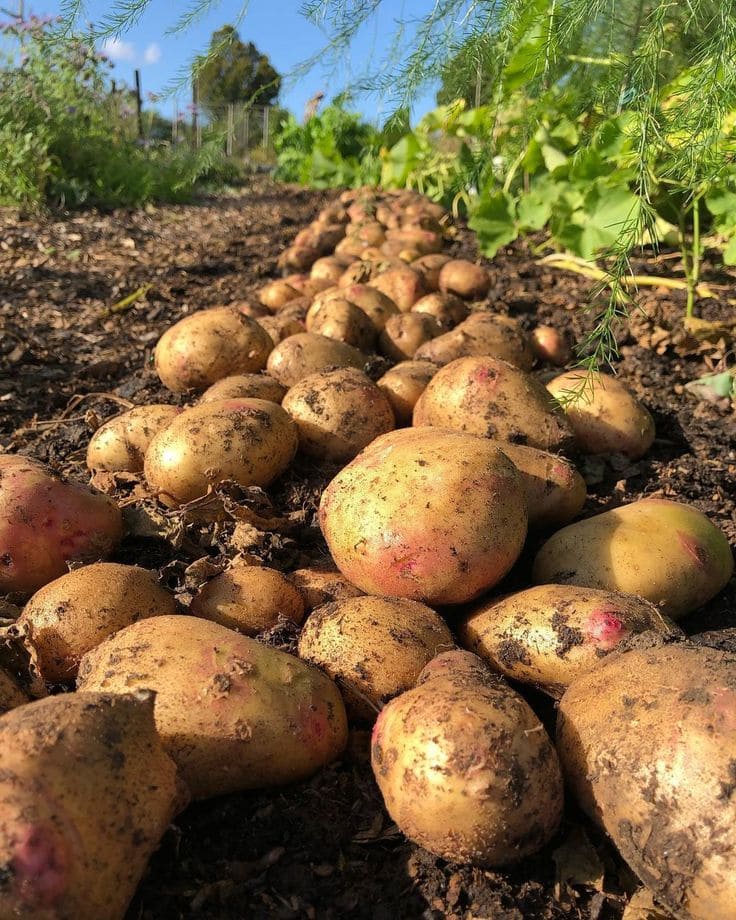
Underground crops like potatoes rely heavily on healthy leaf and root systems and that’s where magnesium comes in.
Without it, potatoes may stay small, leaves will yellow prematurely, and overall vigor will drop off. Epsom salt supports the plant’s ability to photosynthesize and channel energy down into those tubers.
I usually add a tablespoon into each planting hole, then repeat with a gentle side dressing about halfway through the season.
It’s subtle, but over the weeks, you’ll notice fuller, more robust plants and a heavier harvest once you dig in. And yes, soil drainage matters too. Epsom won’t help much if your soil is waterlogged or compacted.
5. Carrots
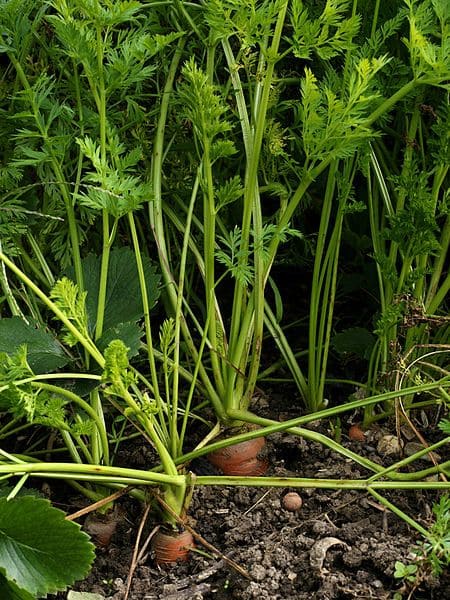
Carrots may seem low-maintenance, but their root development is easily affected by soil quality.
If the tops are thin or yellowing, or the roots are stunted and forked, magnesium deficiency could be part of the problem. Epsom salt enhances enzyme function and helps the plant develop stronger, straighter taproots.
For best results, mix 1–2 tablespoons of Epsom salt into the topsoil before sowing your seeds.
Just don’t add it directly on top of the seeds. You don’t need to reapply often. Carrots are light feeders, but they appreciate that initial push.
6. Strawberries
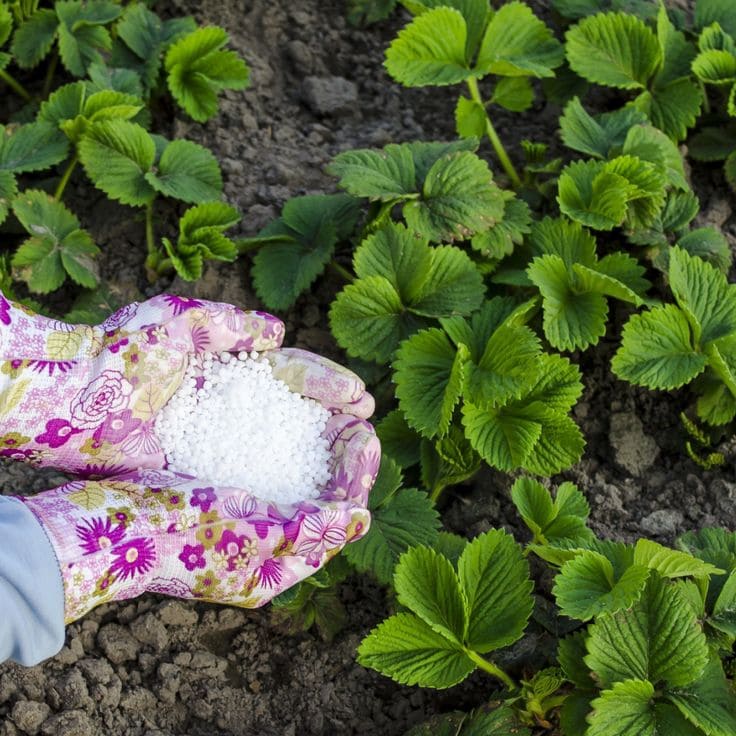
Sweet strawberries need balanced nutrients to thrive, especially in sandy or low-organic soils.
Magnesium plays a role in both fruit production and sugar development, making Epsom salt a great tool for increasing flavor and yield. If your berries are coming out tart or your runners look pale and thin, that’s your cue.
Once flowering starts, I’ll water each plant with a diluted mix: 1 tablespoon per gallon, every three weeks. Just a light drench around the base is enough.
The foliage perks up quickly, and you’ll notice fuller clusters of berries in a matter of weeks. Bonus, magnesium can also help strawberries tolerate heat stress during summer spikes.
7. Citrus Trees
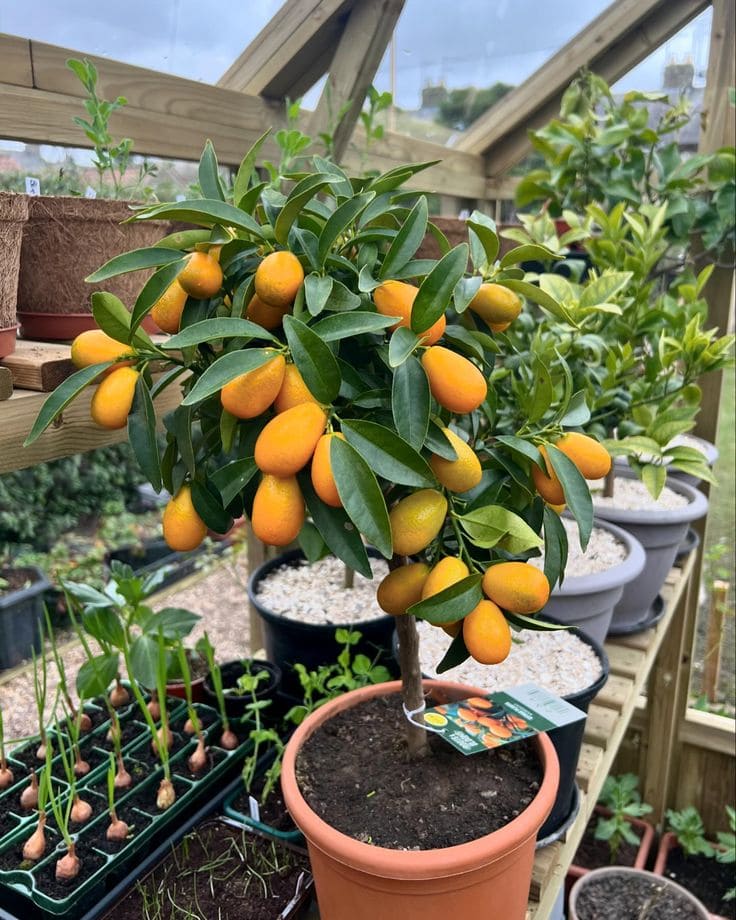
Citrus trees are infamous for showing their magnesium deficiencies. You’ll see it as yellowing between the veins on older leaves, especially in alkaline or container-grown trees.
Since magnesium is mobile in plants, citrus trees tend to pull it from older growth to support new leaves, a clear signal that they need support.
I give my container citrus a soak of 2 tablespoons of Epsom salt dissolved in a gallon of water once a month. For in-ground trees, 1/2 cup around the drip line every other month works well.
Always water deeply afterward. According to the University of Minnesota Extension, this magnesium support can directly influence the size and sweetness of the fruit, especially in poor or compacted soils.
8. Beans
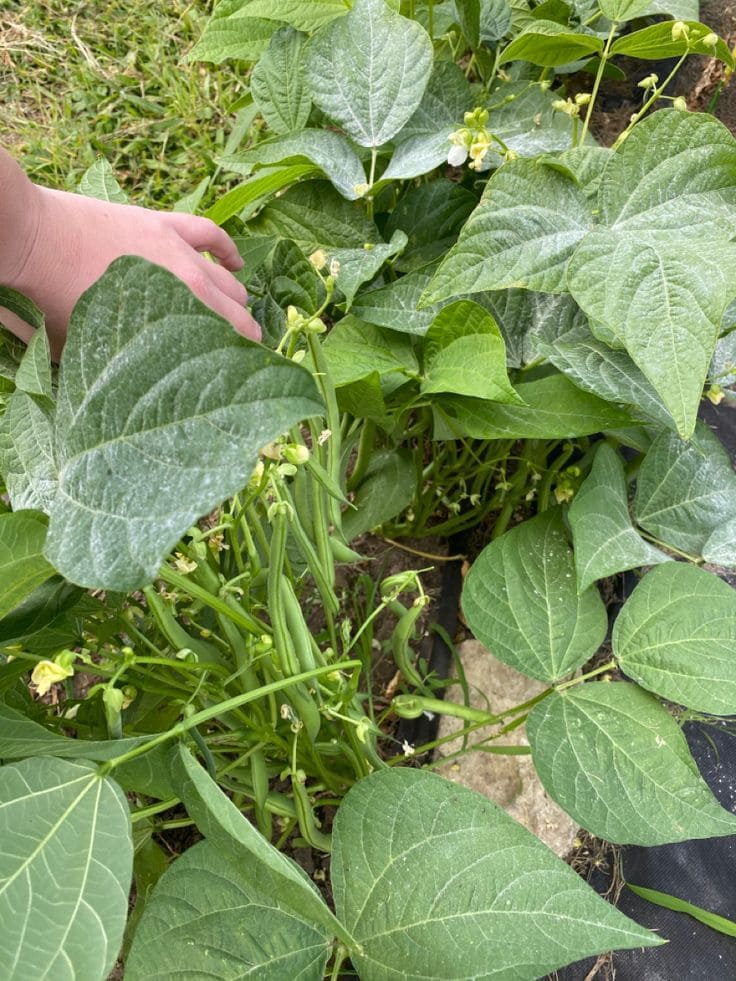
Beans are modest feeders, but even they benefit from a bit of magnesium, especially if your soil leans sandy or has been heavily used.
Magnesium helps beans with seed development and photosynthesis, which directly affects pod quality and plant vigor. If your bean plants are tall but not producing well, or if the leaves start to yellow between the veins, that’s your sign.
Before planting, work a tablespoon of Epsom salt into the soil per square foot. Once the plants start flowering, I like to give them a foliar spray every two to three weeks (1 tablespoon in a gallon of water).
It encourages better fruit set and lusher foliage, especially helpful for bush beans that like to push everything out at once.
9. Broccoli
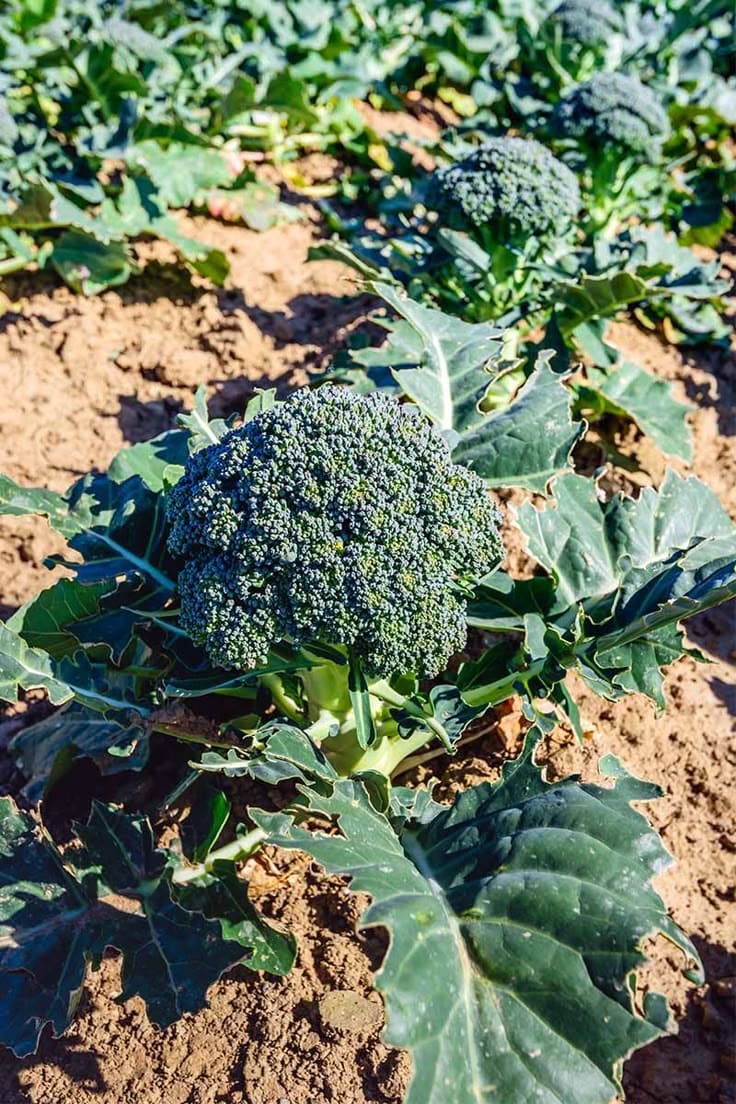
Broccoli has a reputation for being tough, but it’s surprisingly sensitive to nutrient imbalances. Magnesium deficiency can cause pale inner leaves, stunted heads, and weak stems that flop in the wind.
When broccoli doesn’t get enough magnesium, the entire growth cycle slows down, you’ll notice fewer side shoots and smaller central crowns.
To help it thrive, sprinkle about 1 tablespoon of Epsom salt into the soil at planting, then again as a side dressing about a month in.
You can also do a foliar spray every few weeks if your leaves are yellowing early. Broccoli loves even moisture and steady feeding, so Epsom salt pairs well with compost-rich beds and gentle organic fertilizer.
10. Petunias
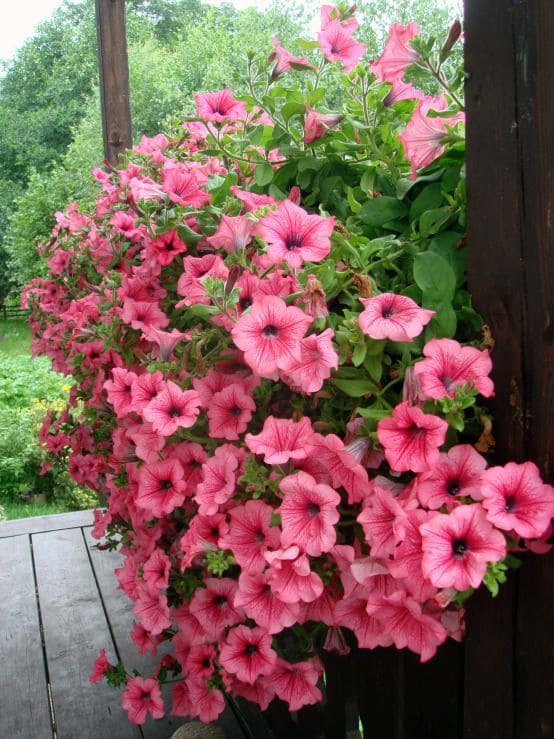
Petunias are one of those annuals that just keep blooming but only if you give them the fuel to do so.
In containers especially, magnesium deficiency can creep in fast, causing faded blooms and dull, leggy growth. Epsom salt helps these vibrant flowers keep their color, shape, and steady bloom cycle.
I use a light foliar spray (1/2 tablespoon per gallon) every 2–3 weeks, especially in midsummer when pots dry out quickly.
You’ll see richer color and more blooms within days. Just remember not to overwater your pots as petunias like to dry out between drinks, even when fed with Epsom support.
